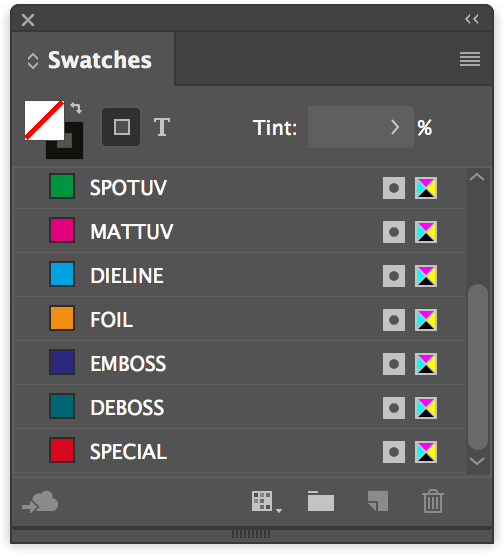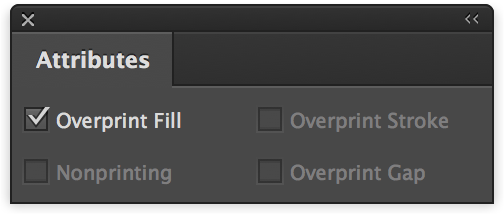

Layers are an important method of separating different objects on the InDesign page and can be used for splitting text which changes with different languages from common images in a co-edition print run.
The full list of layers that are expected and allowed are different for covers / jacket files and inside pages are as follows:
Choose InDesign Window menu >Layers to see the current setup for your document in the Layers panel:

TEXT
All objects that are able to edited, moved or removed by a translator. These are usually text objects but can also contain annotation lines, tint panels, text wrap objects.
The full name of the translation layer contains the language being used. e.g.
TEXT-UK - International English
TEXT-US - American English
TEXT-SPA - Spanish
TEXT-GER - German
Typically only one text layer is included in an InDesign document but it is possible to have multiple text layers if required.
CMYK
This layer contains images that are consistent between each translation.
This layer can contain any combination of colour objects and placed images and may include transparency effects and blending.
It should not contain any translatable text.
The common images layer is named ‘CMYK’ and is the bottommost layer in the layers panel
NOTES
A layer named ‘NOTES’ can be added if required whilst a document is either work in progress or final. Anything added to this layer remains in the InDesign document but is not included when outputting PDF or translation files.
Therefore it is important to be sure that the notes layer does not contain any objects intended for print.
If required, multiple notes layers can be used, with each note layer name starting with the word ‘NOTES’. Notes layers should appear on top of other layers.
Covers and jackets are not printed in a co-edition print run and are likely to include special print finishes such as foil and spot lamination.
Finishes are separated out onto different layers in InDesign and named to describe their contents.
Expected layer names for cover and jacket files ONLY include "FOIL", "DIELINE", "SPOTUV", "MATT", "GLITTER", “DEBOSS” and "EMBOSS". Other layer names start with the word “SPECIAL” e.g. “SPECIAL-GLITTER”
Note: Any spot colours e.g. Pantones are not split onto separate layers and are included with the main CMYK graphics.

‘Spot Colours’ are used to add to the CMYK print process and can be used to add eye catching extra inks and special finishes such as foils and varnishes. They can also be used to indicate physical production techniques such as cutter guides and embossing.
The use of spot colour extra inks and special finishes adds to the cost of production and so spot colours are typically reserved for the covers files of books that have the budget for them!
The use of the PANTONE colour library is required for inks that are not made from the CMYK process colours. The Pantone colour reference should be explicit in the spot colour name. The easiest way to do this is to use PANTONE colour mode when adding a spot colour swatch.
Note: Any spot colours e.g. Pantones are not split onto separate layers and are included with the main CMYK graphics.

The naming of special finishes should indicate the finish that is to be used and selected from this list:

Spot colours are named with these identifiers. Additional special finishes are identified by adding the word SPECIAL to the start of the layer and spot colour name along with a description e.g. SPECIAL-GLITTER.
Each special finish spot colour is added to a separate, named InDesign layer. All content on the special finish layer uses a spot colour swatch set to the same name as the layer and is set to overprint.
All special finish text and images are set to overprint. This means that images can be changed during a print run without affecting the underlying base images and artwork.
Pixel images can be saved as either Bitmap or Grayscale in Photoshop:

Bitmap images (referred to as ‘Black and White’ in InDesign's Links panel) and Grayscale images can be set to overprint by InDesign using its Attributes panel.
To apply overprint to pixel images it is important to select the content of the image frame rather than the image frame itself. Do this using the InDesign Direct Selection Tool, or with a graphic frame selected choose (Object > Select > Content)
With an appropriate image selected in this way, apply overprinting using the Attributes panel (Window > Output > Attributes) and click Overprint Fill:

It is also possible to apply overprinting using the Illustrator Attributes panel (Window > Attributes) After selecting the Illustrator artwork with the Direct Selection Tool tick the checkbox to apply Overprint Fill and/or Stroke:

Spot colours used in others apps such as Photoshop and Illustrator are OK to use. Any imported graphics should also use the same naming.
Note: GreenLight is not currently checking vector artwork from Illustrator.